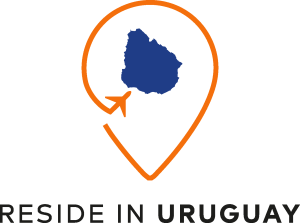About me
More than 100 years helping people discover their place in the world
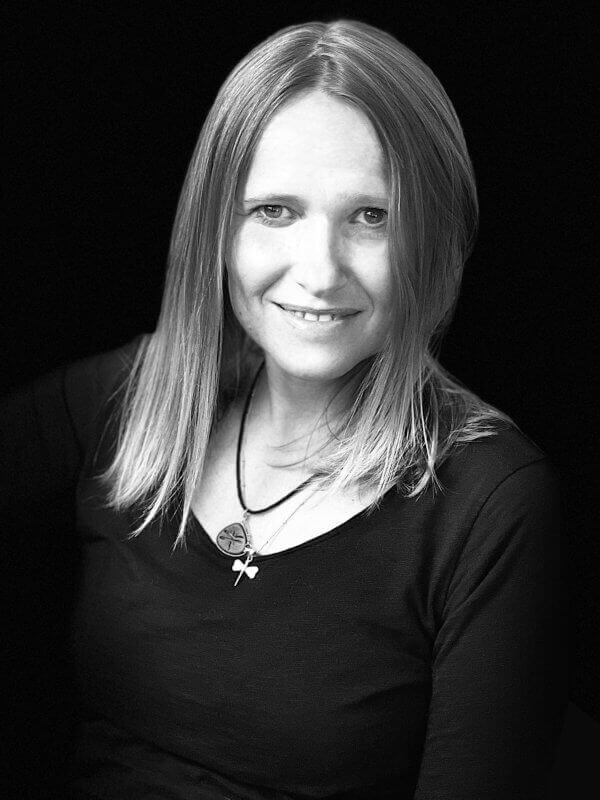
I’m Karin
I was born in Paysandú but at a very young age I went to live in Germany where I worked and studied, among others:
- Foreign language correspondent, Munich – Germany.
- Translation and interpreting German – Spanish, Munich – Germany
- Degree in Labour Relations – Faculty of Law Montevideo – Uruguay
I live in Punta del Este, a highly attractive area for tourists and new residents, we offer a differential, personalized and efficient attention, with a team of professionals in all the necessary areas.
I’m here to help
Moving and starting from scratch in a new country is not easy, especially if you do not speak the local language.
For this reason I’m here to provide you with the best advice in your preferred language. We are located in the east side of the country, besides Atlantic Ocean in Maldonado Department, a beautiful place to live with your family or to enjoy.
Do not hesitate to contact me, whatever your question is. I’ll will be there to help you.
German Immigrants In Uruguay
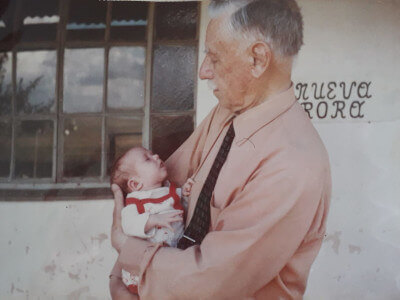
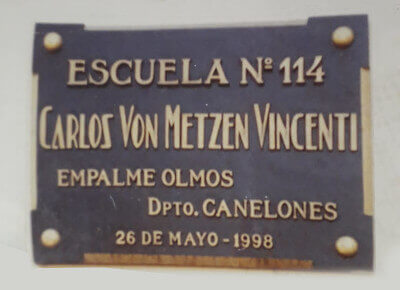
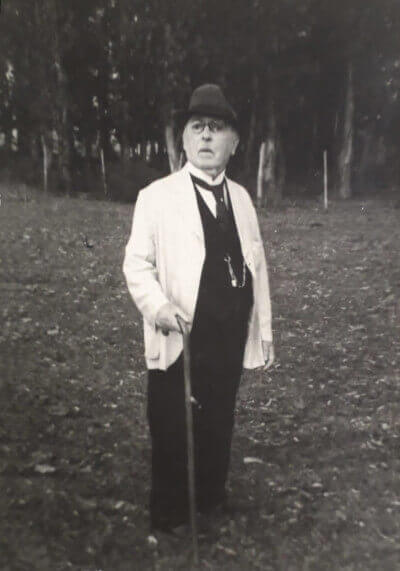
The arrival of the first immigrants began in the first decades of the 19th century, and the first important flows began to be registered in the middle of the same century. Political and economic reasons, as well as the international situation, were the motives for these arrivals. Already since then, the Germans dedicated to the commercial activity were located in the capital city, and in the capitals of the interior of the country, such is the case of Paysandú.
In the 1860s, Montevideo already had 22 German companies. August Hoffmann, one of the outstanding businessmen of this period, was the 7th president of the Commercial Bank (1892-1914). He saw the economic importance of Fray Bentos as early as 1858.
Bentos. From his hands the area was urbanized, and he established a town that in 1861 had 600 inhabitants. That later would be transformed into a city.
The chemist Justus von Liebig, impressed by the cattle wealth of the zone and the natural conditions, urges in his mind the creation of a factory of extracts of meat Project that takes shape in 1865, arriving to slaughter 1500 bovines daily, with more than 1000 workers.
Another industrialist was Mr. Carlos von Metzen, who arrived in Montevideo in 1890 with the representation of wines. Quickly, his ductility in business led him to other areas, such as the representation of several items, and the management of the “Cerveceria Uruguaya”.
Dedicated mainly to the promotion of sheep, and founder of the first cement factory in the country. Whose cement had as first destiny the construction of the Carrasco Hotel, then the port of Montevideo. It was the largest private company of those years.
In 1890, German technicians arrived and directed the construction of the port of Montevideo.
Montevideo. They founded the agricultural school, today the Faculty of Agronomy.
In these years, the arrival of the Germans from the East is perceived. They created important agricultural colonies in the interior of the country, mainly on the coast of Uruguay.
Uruguay. One of the most important, the Ulmenau colony, “19 de Abril” in the department of Paysandú.
The massive arrival of settlers coming from Siberia that emigrated to Brazil, not being able to adapt to the climate, arrived to the station Porvenir de Paysandú on August 13, 1931, they were installed part in Ulmenau and in new colonies created with that reason, as being Santa Blanca, Santa Kilda and colonies in Salto and Rio Negro.
On March 21, 1926, under the initiative of Alfredo von Metzen, the German School Society was founded in Ulmenau. He was the president and worked in favor of the settlers of the different German colonies.
Between 1948 and 1951, 3 German Mennonite colonies were founded in Uruguay, of which El Ombú and Gartental are located in Río Negro.
On June 6, 1987, the “Sociedad Escolar Alemana de Ulmenau” (German School Society of Ulmenau) was founded in an Extraordinary General Assembly.
And on June 20, 1992, after years of struggle and impulses, the institutional and cultural headquarters, located between Montevideo and Washington Streets, became what today is the pride of our and the society of Sanducero, the Sociedad cultural alemana de Paysandú.
It is for all this that we are grateful to this Uruguay that welcomed with open arms countless German immigrants, offering affection and new possibilities to each one of those who set foot for the first time in these beautiful and fruitful lands.
“Here I am, 102 years later, just like my grandfather receiving and helping foreign families to reside in Uruguay, the little Switzerland of Latin America.”
